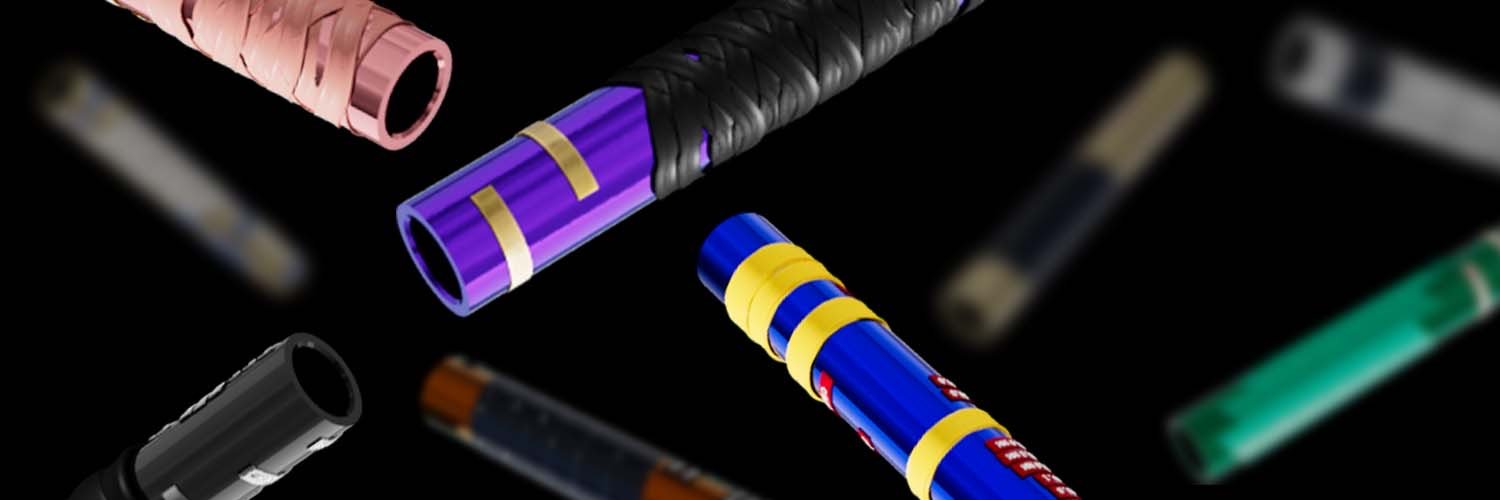Pass the Baton | Pass to Donate via Glenn Kaino and Tommie Smith's New Project
by Nate Rynaski
From longtime collaborators, Glenn Kaino and Olympian Tommie Smith, comes Pass the Baton, their art project based on raising donations for 24 participating non-profit organizations who are striving for change. Using NFT blockchain technology, each time a baton is passed, a smart contract will trigger donations to the nonprofits of the Legacy Team (a cohort of activists representing various nonprofits) which will create potential funding for organizations. Pass the Baton shares, “One such Legacy Team, "Team Togetherness," boasts a heavy-hitting roster including John Legend, Megan Rapinoe, Derrick Johnson, Nsé Ufot, Minyon Moore and Deon Jones, who are linked to HUMANLEVEL, The Afiya Center, the NAACP, New Georgia Project, Power Rising, and IF INNOVATION FOUNDATION respectively.
At Art Basel, Pass the Baton debuted their physical holographic baton with Pace Gallery, where visitors learned more about the social justice centered art project.
Tommie Smith, an activist and educator, is also the only person to have 11 world records in track and field simultaneously. Glenn Kaino is an Emmy-award winning creator, whose digital works span a wide range of mediums. Through Pass the Baton, both Smith and Kaino hope to support more non-profits with each of the 7,872 NFT batons minted for this project. Head to baton. art to learn more and to purchase a baton.
Can you explain the “smart contracts” that are utilized in Pass the Baton and how they benefit the organizations involved?
Like any traditional written contract, a smart contract is a written agreement between people. Unlike traditional contracts however, they are written in computer code and are embedded in a blockchain where many of the stages of the transaction are self-executing—that is, they happen automatically. The smart contracts created as part of Pass the Baton send funds to each of our non-profit partners directly, ensuring sustained financial support for dozens of impactful organizations doing inspiring work over the life of the project.
Tell us about the creation of the baton hologram that debuted at Art Basel. What was the process of putting that together? What was the reception at Art Basel?
I was talking to Marc Glimcher from Pace and we were discussing how to present Pass the Baton to the public in physical form. We wanted to explore display mechanisms for the NFT that go beyond the screen, but that stopped short of a purely photographic or sculptural reproduction since it is, after all, a digital project.
I've done a lot of work with illusions and had the idea of how we might create a hologram that would allow us to create a sculpture that was dynamic and represented a more full picture of the conceptual nature of the Baton. We worked with one of the Legacy Team members, frequent studio collaborator Deon Jones, and took a cast of his hand as the base sculpture that several Baton materialize within and float in the air just outside of his grasp, existing in a state of both passing and being passed to.
People flipped when they saw it at the fair. It was so bright and so vibrant and allowed them to engage the work more like a sculpture by walking around it and thinking about it both as an object and also metaphorically. There was definitely a lot of interest and excitement both in the presentation itself but also some of the more novel mechanisms we were employing with the project, like the baton evolutions and the social justice partnerships.
Tell us about the evolution process of the batons. What makes each stage special?
To create a constant state of value and further incentivize the community to drive donations to our incredible partner organizations, we’ve created a special set of evolutionary enhancements that are triggered when donation milestones are met, evolving the baton to a rarer state.
Every baton has the ability to accept direct donations that will be spread equally among that team’s partner organizations. When a baton has a certain amount of donations, it will evolve into its Bronze phase, and so on for Silver and for Gold. We are calling the final phase the Legacy phase, and to get there you must collect 4 Gold Batons—one from each team—into the same wallet and burn them. That process creates a very rare, matte black-on-black-on-black baton featuring the names of all 24 Legacy Team members. Only 1,968 of these Black Legacy Batons can ever be minted.
Donating to a Baton through these types of contributions not only makes it rare when it evolves to its next phase; it also gives the Baton holder an entirely new utility. We have created tiers of enhanced benefits and a deeper levels of access to special events in the worlds of art and technology. As the Batons level up from bronze to silver to gold, so do the perks, with the most intimate and exclusive benefits being conferred to Black Legacy Baton holders.
What are the special experiences and opportunities that can be gained from the batons? Was there an intention to bridge the digital and the physical through this?
Pass the Baton has assembled a coalition of supporters from the worlds of technology, art, and social justice, and each partner has contributed to the roadmap of value for our new community. Owning a Baton will open these worlds like never before. We will continuously add new benefits as the project matures, expanding access and surprising the community with spontaneous gestures of gratitude. Certainly things like priority access to tickets, curator-led tours, private events, and intimate musical performances are just a few of the many benefits holders can expect. So in addition to the meaning-value of holding a Baton, there are real-world experiences and exclusive benefits for holders that very intentionally create a dynamic interplay between the physical and digital worlds.
How did you select members for the Legacy Teams?
Our studio has been invested in social justice for a long time, so when Tommie and I started working on this project we had immediate thoughts about the advocates, activists, and changemakers that we see carrying on Tommie’s spirit. We sat down to craft a wishlist, a social justice dream team if you will, and then leaned into our relationships and worked with the wonderful Jotaka Eaddy and her team at Full Circle Strategies—who is also a Legacy Team member herself—to build the partnerships at the core of this project.
Do you hope to evolve this concept or continue supporting organizations via NFTs?
Absolutely. One of the core goals of this project was to use new technology to think in a different way about ongoing support for social justice organizations. The cultural norms for NFTs are being formed now: its values, what it values, and its imagination about what is possible socially and culturally with the technology. Much of the space is focused on building new tools, and we think of this project as a toolkit, built around an overt set of ethics that ground this and all the work we do. Since these are persistent concerns within the studio, we are excited to see where this and other NFT projects take us. For some, the NFT market is an end in itself. For us, it is a conceptual platform on top of which we hope to create a new kind of economy centered on care and intersectional support.



